5. Moebius (Kim Ki-Duk, 2013, South Korea)
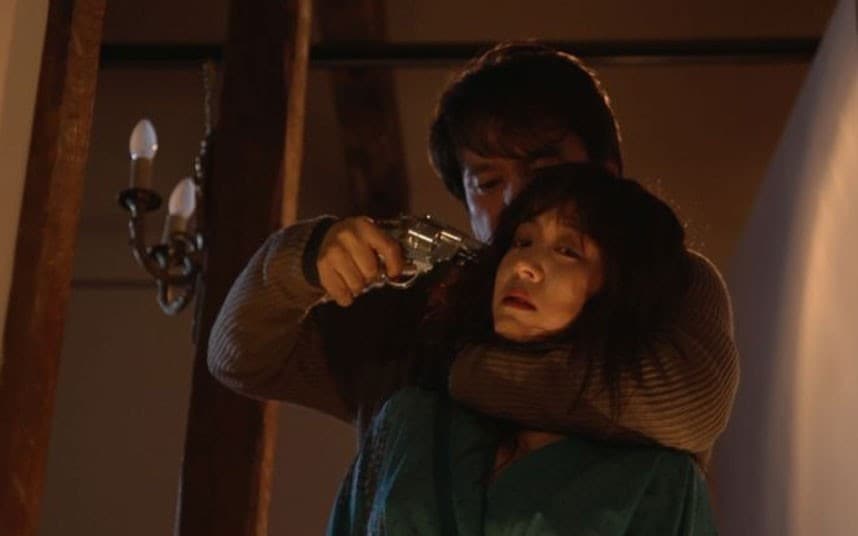
The release of Kim Ki-Duk’s directorial feature-debut Crocodile in 1996 signalled the arrival of a phenomenal and one-of-a-kind personality in modern cinema. It beckoned in a new perspective on violence in South Korean society, however controversial and solitary his opinions were shown to be.
Although responsible for beautiful and introspective works such as Spring, Summer, Fall, Winter… and Spring and Time, the director’s fascination with violence and the unconventional family-unit has persisted since Crocodile, never more evident than with the initially banned but eventually uncut release of 2013’s Moebius.
It was screened out of competition at the 70th Venice International Film Festival to critical praise, with Variety critic Leslie Felperin regarding it as “A gloriously off-the-charts study in perversity”.
The film contains no spoken-dialogue, but communicates a dark and fable-esque narrative through its images and a small assemblage of terrific performers. A teenager finds himself conflicted between the adulterous behaviour of his father and worrying mother, until a violent act forces the family to confront their troubling sexual desires.
Needless to say, it is graphic in its depiction of sexual violence and unafraid in its study of provocative family dynamics, discussing a sinister human nature without having the film’s characters communicate anything verbally.
It’s a surprising achievement, and many of Kim’s fans consider it to be among his very best work. Although it is unsurprising that Moebius remains overlooked, it is undoubtedly a shame, because it is a distinctive cinematic vision.
It certainly doesn’t help that in 2017 an anonymous actress came forward claiming that the director sexually assaulted her on the set, and others followed despite Kim denying the legitimacy of said allegations. The director continues to make films, and his latest effort Human, Space, Time and Human premiered at the 68th Berlinale earlier this year.
4. The Battery (Jeremy Gardner, 2012, US)
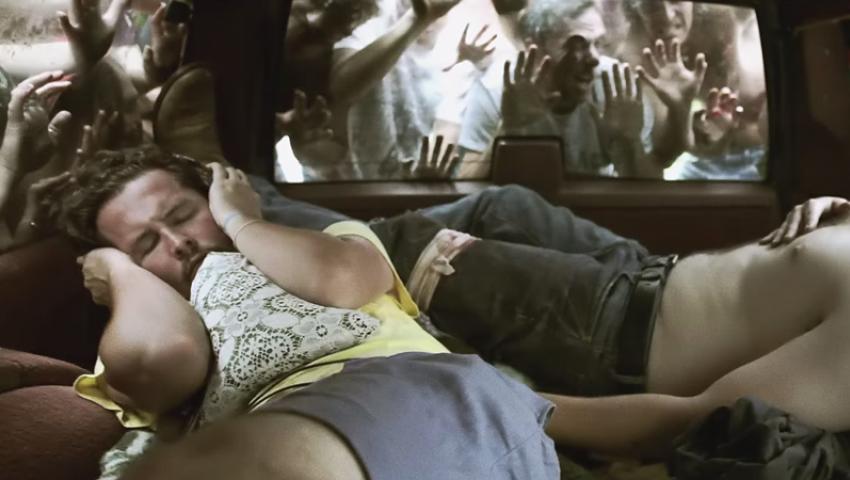
A great zombie film is incredibly rare, and along with Colm McCarthy’s The Girl With All the Gifts, independent horror-comedy The Battery stands alongside the best of the sub-genre that the decade has seen so far.
Both in front of and behind the camera, the charming and hilarious Jeremy Gardner shows that something new can be done with the often boring zombie premise, and takes a cost effective – the film cost an estimated $6,000 – approach towards telling the story of two former baseball players surviving a New England populated by the undead.
Gardner and co-star Adam Cronheim have excellent chemistry, giving natural and believable performances as two ex team-mates whose friendship is often tested by their wildly contradicting personalities. It’s Gene Saks’ The Odd Couple with a twist of early George A. Romero, shot through with modern indie sensibilities – amounting to the first unique zombie film to come out of America for quite a long time. This may be because the zombies don’t account for the film’s success, unlike other sub-genre entries.
The Battery works as a result of great characters and an effortlessly enticing on-screen friendship; the common flaw in many horror films is poor characterisation. For a film like this to work, it has to be a successful comedy-drama foremost to its inclusion of genre conventions, of which it playfully tackles.
For the most part it is so much fun, and as the film approaches an end it becomes a harsh proposition that soon we’ll have to leave these characters behind, and before we do, there is an utterly gripping long take that boosts this to become not one of the best horror films of 2012, but one of the best films of 2012 period. For those tired of generic horror, this is a breath of fresh air.
3. Found (Scott Schirmer, 2012, US)
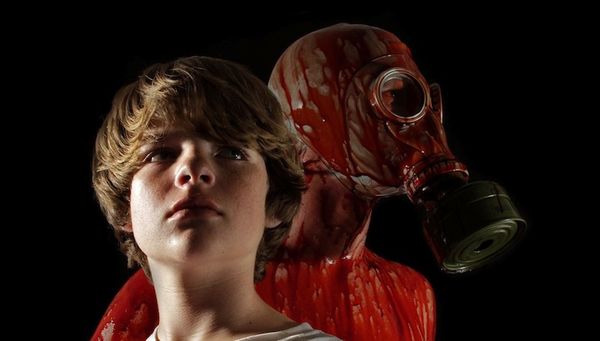
Scott Schirmer’s confrontation of classic coming-of-age narratives is an adaptation of Todd Rigney’s American novel of the same name, and upon its release, received great praise within small circles. This is notably for its depiction of an alienated young boy whose love for horror films was destined to strike a chord with select genre fans.
Found concerns Marty; a fifth-grader whose attention from horror movies is averted upon discovering that his older brother is a serial-killer. A durable accusation imposed on genre filmmakers is that their films contribute towards statistics of violence and the erosion of societal conduct.
The video nasties phenomenon which began in 1982 caused a frenzy of media outrage, and arguably, the moral panic still subsides to a lesser degree today. Censorship is still an issue many filmmakers face, and horror films still possess potential for newsworthy disruption; yet, when reflecting back on such cinema, there has often been a distinct and earnest voice at the helm.
Dating back to Romero’s Night of the Living Dead in 1968, genre directors have been commenting on the horrors of society in ways too shocking for the palette of majority audiences – manifesting monsters born of repression and resilience to conform to society’s boundaries. Found is a film that acknowledges the idea of genre cinema influencing today’s youth, but instead, presents the horror film as a way to discuss violence and such, rather than holding it to blame.
Schirmer touches on many issues, but its chronicling of a young boy’s disconnect from the world around him as he approaches a transition into adolescence is a touching and impressively captured study of boyhood. The graphic depiction of gore and violence here may have excluded his film from attaining wider popularity, but this is a piece of work that a number of horror fans treasure, and for a filmmaker like Schirmer, I’m sure that’s enough.
2. Lake Mungo (Joel Anderson, 2008, Australia)
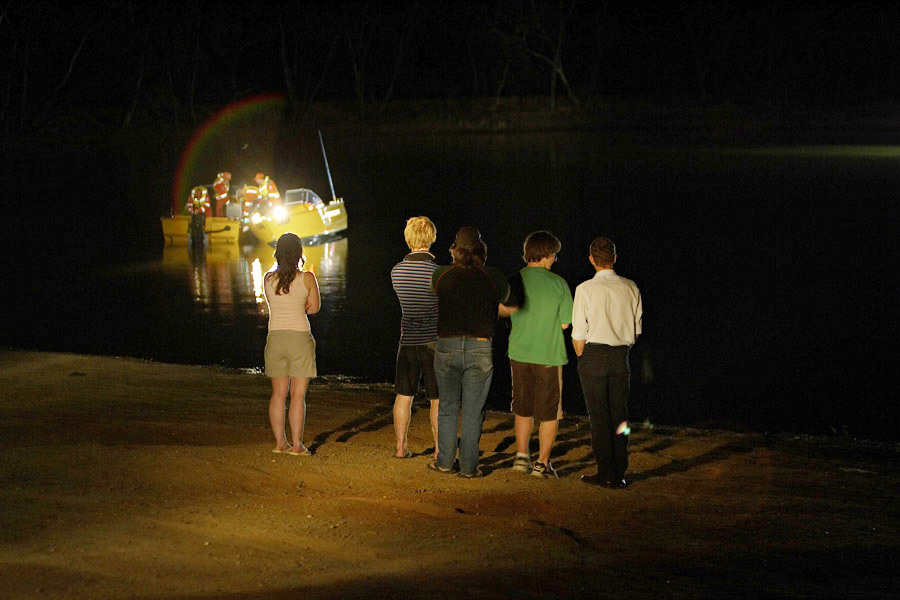
The second faux documentary to make this list is Joel Anderson’s Lake Mungo, and arguably one of the scariest films in recent memory. Some viewers have noted the similarities between the deceased daughter whose mysterious death is the film’s subject, and Twin Peaks’ Laura Palmer – another similarity would be that Anderson’s project and David Lynch’s hit-series are both fantastic, and despite the narrative comparisons of a teenage girl’s posthumous lifespan, both distinct pieces reward audiences in entirely different ways.
Sixteen year-old Alice Palmer is pronounced dead after tragically drowning at a lake in Ararat, Australia while on a family day-out. In the wake of her death, the family begin to notice paranormal activity disrupting their home; deciding to dig deeper into identifying the cause for these strange occurrences, the grieving family uncover a series of shocking secrets, revealing much more to Alice’s death than they could possibly have imagined.
The documentary structure undertaken by Anderson works wonderfully in chronicling a broken family’s search for the truth, and the inclusion of the footage that the family capture of what appears to be Alice is eerily haunting. However, the ghostly footage featured in Lake Mungo, although scary, has been done so many times before, and is not what makes the film so frightening. It is the many unexpected turns that the narrative takes which makes this Australian-indie so scarring.
Because most films of this nature are generic, when it begins it would be easy to predict that this will be another predictable and forgettable piece of non-fiction fakery, but it is so unpredictable in the direction it takes towards reaching a shocking and original conclusion. The reality of their daughter’s nightmarish fate is disquieting to say the least. The last act is able to terrify audiences silently, and contrarily, contains one of the most effective jump-scares put to film.
As the few final images accompany the end credits, it is certain that Lake Mungo will linger longer than the average horror fare.
1. Toad Road (Jason Banker, 2012, US)
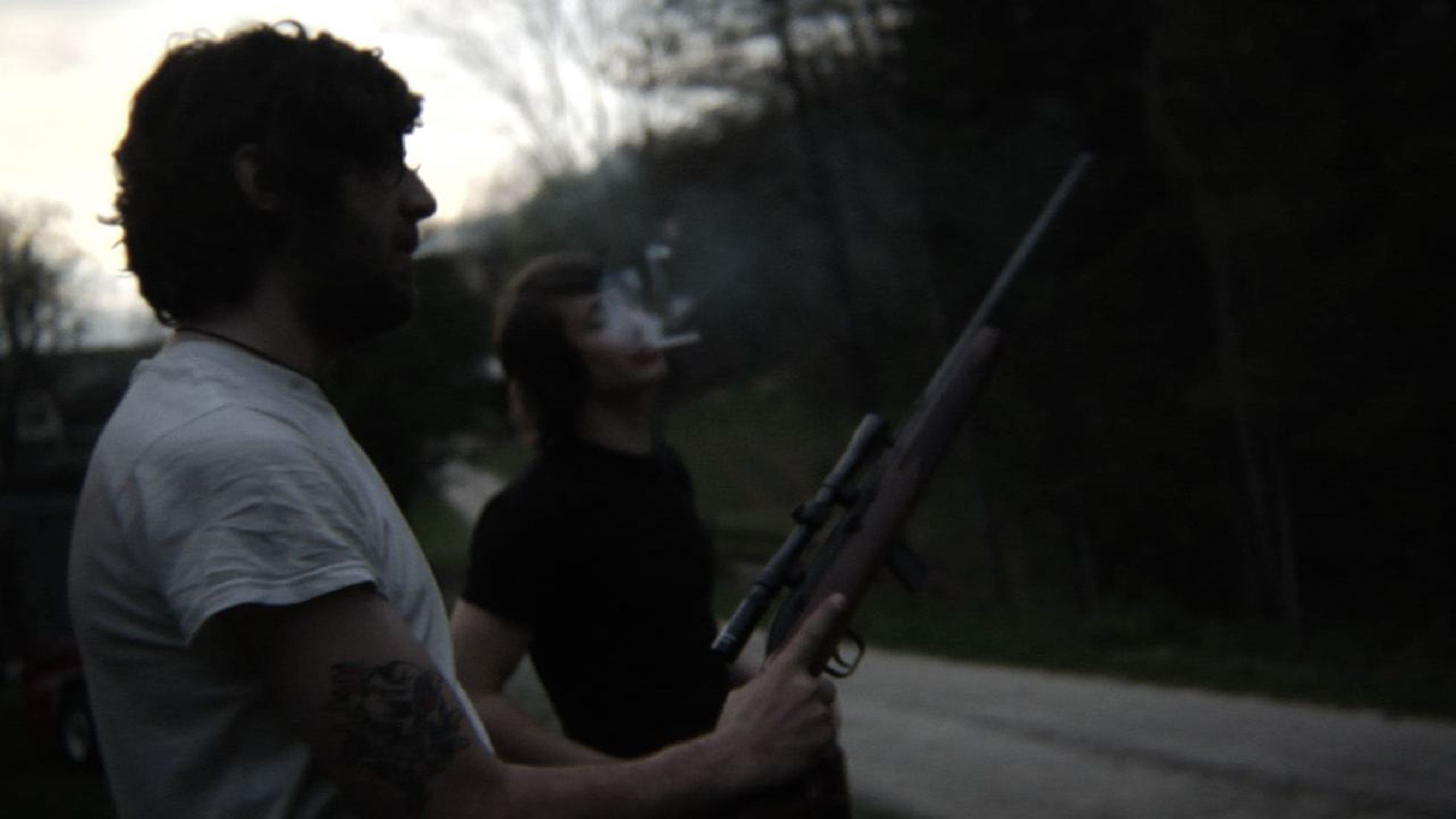
A metaphor for addiction, a new breed of horror-film, a striking presentation of deviant contemporary youth sub-cultures; Jason banker’s Toad Road is many things, and works on many levels. It exhibits a new way of approaching horror storytelling, and the final package was unlikely to achieve popularity – but, as Banker has proved with his subsequent effort, Felt, he would rather make the films he wants to make and polarise, rather than please.
Banker’s debut is the account of a group of youth’s who engage in drugs, expressing their teenage freedom through mindless rebellion. As they continue to damage their health in increasingly bizarre ways, the freedom they have made for themselves begins to morph. As addiction begins to kick in, the drugs that they believe liberated them begin to imprison them.
This is enhanced through the overcast urban legend of Toad Road, which tells of a forest located nearby which contains the seven gates of hell, believing that those who reach the last gate disappear forever. While this is a creative metaphor for being consumed by addiction, it also works well as part of a horror narrative in its own right, and some of the shots that Banker achieves in the forest are of a macabre and unexampled design.
Most of the characters are rather unlikable, but their situation is understood by those who can put this to one side and acknowledge that teenagers can commonly resort to stupid behaviour to assert their independence. The character of Sara depicts the corruption of innocence with more empathy, and sadly the importance of self-control that the film touches upon was highlighted by the actresses tragic death due to a drug-overdose, just as it had began premiering at festivals.
The ambiguous conclusion urges the audience to consider the film’s crucial messages, but also debate what exactly happened. The film is unlike any other horror film that comes to mind, which may account for why it remains underappreciated on first viewing, or simply avoided by genre fans.
However, upon repeat viewings, the importance of a film like this becomes much more clear, and while it has divided audiences, most admit that Toad Road is something unmistakably new, and this is exactly what the genre needs.
Author Bio: Christopher Weston is Film & Journalism graduate with a passion for the Arts. He’s interested in film from around the globe, with a keen interest in the stranger side of cinema; achieving much joy writing about the things he loves and his experiences and interactions with the artistic exercises of others.